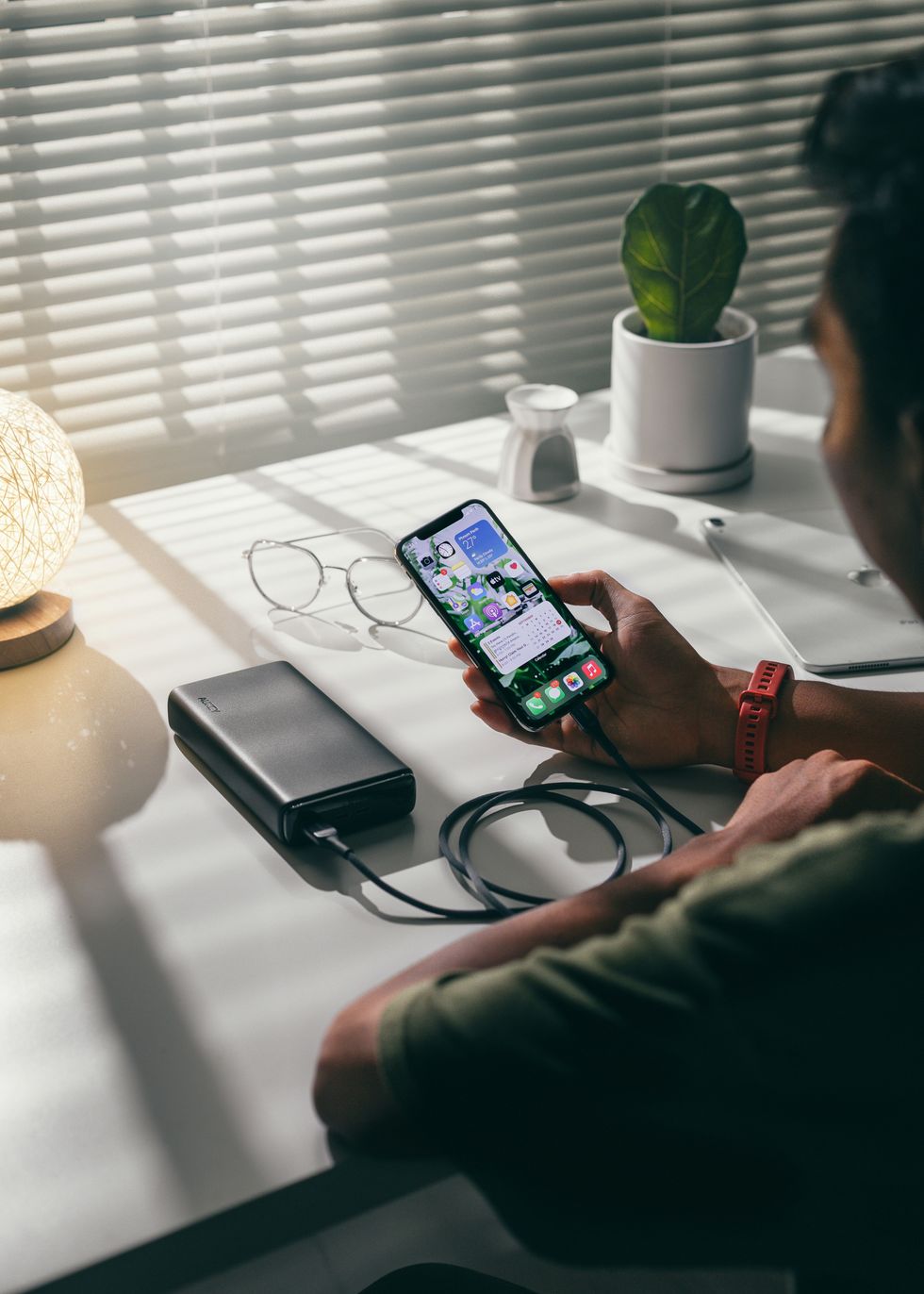This summer, I’m taking United States history back home at a local college, and last week we were discussing slavery and blackness. To quote a professor of mine, “No matter how light skinned or white someone appeared, if it was proven that they had black in them, they were a slave. To be ⅞ white and ⅛ black was to be completely black.” Plessy v Ferguson, the Supreme Court case which established racial segregation as constitutional, actually involved a fair skinned man who was only ⅛ black and could occasionally pass as white. By being ⅛ black, he was completely black.
Over a hundred years later, and this unwritten rule is still in place. Even though we have phrases like “light skinned” and “dark skinned” to specify where on the spectrum of blackness a person falls, if you are even a fraction black, you are seen as black. This goes for Latinos and other people of color as well; if you have any trace of another culture in the way you look, that’s how you will be treated.
That’s why it was so easy for Rachel Dolezal to be accepted as black. With her box braids and afro, no one had any reason to doubt her blackness. Honestly, who would ever look at someone and predict that they were pretending to be a different race?
See, to be black, and to be any color in this country, is synonymous with being hated, feared, and mistreated. In that mistreatment, we find acceptance in others with similar experiences. Rachel Dolezal took advantage of this. She claimed to be the victim of oppression and hate crimes, and maybe she was. Maybe because of the color she had made her skin and the hairstyles she adopted, maybe she faced similar treatment to what a person of color experiences. I feel no pity though, because at any given moment, she could wipe off the blackface and go back to her naturally blonde hair and go back to her privilege. By pretending to be black, Dolezal had the opportunity to appropriate a culture while still having a means of escape if life as a black woman became too hard.
People of color don’t get that opportunity. We live and die the same color as we were born, and can never escape all that comes with that. A huge portion of my life was spent being made fun of for how tan my skin was, how dark my eyes were, how curly my hair was. I was made fun of for having an accent. Now when I speak with an accent it’s called exotic, and enviable. Now everyone wants to be as tan as me. Now my curly black hair is beautiful. It’s like a huge slap in the face. Suddenly it’s cool to have the features that were mocked for so long. The same hairstyles I watched my black classmates get harassed for are now dubbed urban and donned by people who never suffered the harassment. It’s ridiculous. It’s called cultural appropriation.
A quick Google search comes up with this definition: “Cultural appropriation is the adoption of elements of one culture by members of a different cultural group, especially if the adoption is of an oppressed people's cultural elements by members of the dominant culture.” In essence, it’s wearing or doing something that doesn’t belong to you.
I am not saying that you can’t appreciate another culture. If you want to appreciate a culture, the correct way to do this is to do your research. Before you adopt an element of another culture you should actually know about it. A culture is not a fashion statement to be made and then thrown away. A culture is not a form of rebellion to take part in to “stick it to the man.” A culture is not something to be used and abused.
Some examples of cultural appropriation are as follows: wearing a headdress or other Native American “costume”, wearing a bindi on your forehead, wearing dreadlocks, wearing a geisha costume, and dressing like a chola or Dia de Los Muertos calavera. If something is based on an old tired stereotypes, sexualizes a culture, exploits a culture for money, or is based on religious beliefs that you do not practice, a good rule of thumb is to avoid it. You can think something is beautiful or cool without trampling all over another culture’s beliefs and traditions.
No matter her reasons, Dolezal donned a culture that did not belong to her by putting on locs, darkening her skin, and claiming a heritage that was not her own. If helping the NAACP’s cause was her motive, she would have been content being simply an ally. As if it wasn’t bad enough that she pretended to be black, Rachel Dolezal made money off of her exploitations. She claimed to dislike the movie “The Help” because “A white woman makes millions off of a black woman’s story.” Ironic, isn’t it?




 Photo by
Photo by 
 Photo by
Photo by  Photo by
Photo by 

 Photo by
Photo by  person holding black smartphone on white textile
Photo by
person holding black smartphone on white textile
Photo by  StableDiffusion
StableDiffusion
 Photo by
Photo by  Photo by
Photo by 








